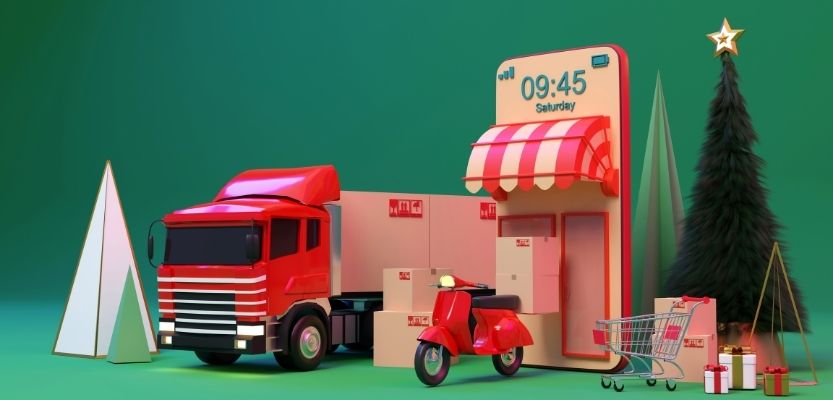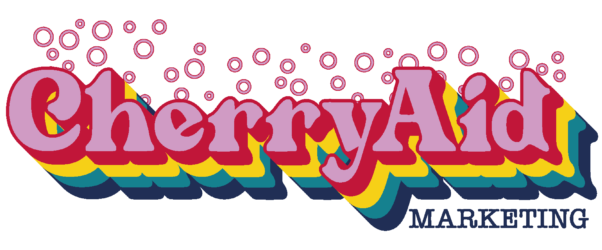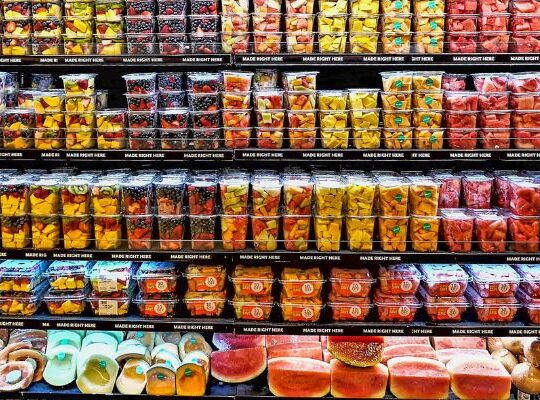An ecommerce business is easy, right? Erm…I hate to tell you this but, wrong! The days of putting a product on a website and sales going through the roof are well gone. Online retail, in fact any retail, is competitive. If you’re thinking of starting up, or your business needs to change direction, I thought I’d share some tips to make your online shop a success. Starting with choosing your ecommerce products wisely.
Because there’s so much competition for everything these days, how can you pick a product which is going to sell? And that will prove so profitable so that you can live your dream lifestyle?
What’s your niche?

In a competitive market you need to have a unique selling point (USP) otherwise how are you going to stand out from the crowd? If you’re buying ecommerce products that are readily available via wholesale and that a vast number of retailers are selling, you’ve got your work cut out and will need to show how good you are at ecommerce marketing. Simply googling ‘Where to buy products to sell online’ is going to lump you in with the crowd. Think about how you can differentiate from others.
Choose your price point carefully

If you’re handmaking your products, make sure it’s going to be worthwhile. When it comes to costings look at the everything. The cost of your materials, your time, your office space, packaging, delivery costs, refund charges and any other overheads. Does your margin give you enough profit to make it worthwhile? And are people going to be willing to pay the price for that product.
Expensive vs cheap ecommerce products

When I ran my ecommerce store, I learnt this the hard way. Selling small, inexpensive products (for example a pen that is £2.50) works out very expensive for people to purchase. Once you’ve added on postage or courier charges, which let’s face it, are only going to go up, is someone going to pay more than double the pen’s value to have it delivered? Probably not. Look at Amazon – even they have add on items and don’t sell items under a certain value, because it would cost them more than the item to do so!
Weigh up your product, packaging and delivery charges before you decide on your product. If a more expensive product makes you more margin, you have to sell less of them than a cheaper product to break even. Meaning you’re going to be less of a busy fool!
Logistics and warehousing

Is the product you’re looking at likely to need to be delivered to you by freight? If so, keep an eye on container prices and make sure you factor these into your costs. The same goes for storage – will you have to use a warehouse to store your product? What costs are involved with this?
And which courier do you plan to use? How reliable are they and what costs are involved?
Seasonality

Having a product that sells all year round will mean that you have an income from January to December. But what if you choose to sell a product that is seasonal? How will you maintain your turnover during the quieter times?
Sometimes high demand products or trending products are tempting to sell – and if you’re in the right place at the right time, then you could be on to a winner. But beware – spot the trend too late and you risk being left with stock that is difficult to sell.
Will they buy it again and again?

What will your average order value be and will customers be likely to repurchase within a month, 6 months, a year or never? If they’ll repurchase regularly then your marketing becomes a little easier. However, if you have to appeal to new customers all the time, getting your product in front of them is going to require a lot of work.
Consider all options
With the squeeze on consumer spend and customer expectations being so high, these are just some points to consider when you’re choosing ecommerce products for your store.
I’m going to continue this series of blogs and will look at other areas to consider before taking the leap and opening your online shop, such as managing customer expectations and the marketing you’ll need to do to get in front of consumers. Watch this space.
And as always, if you need help with marketing your products or services, please get in touch.







